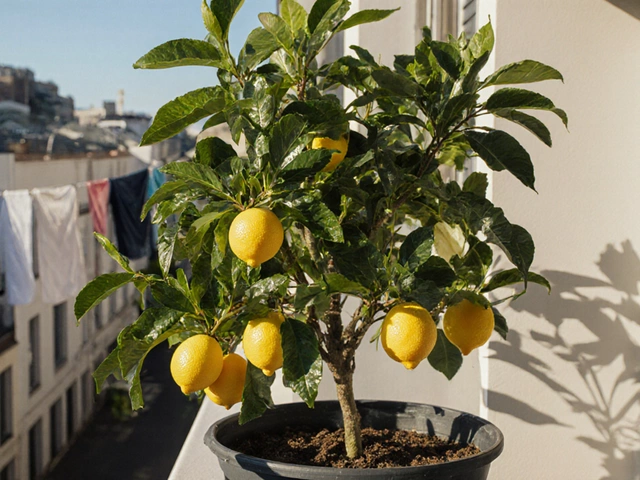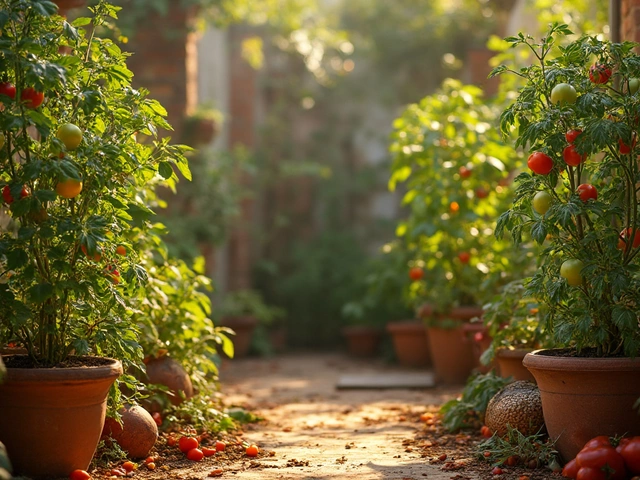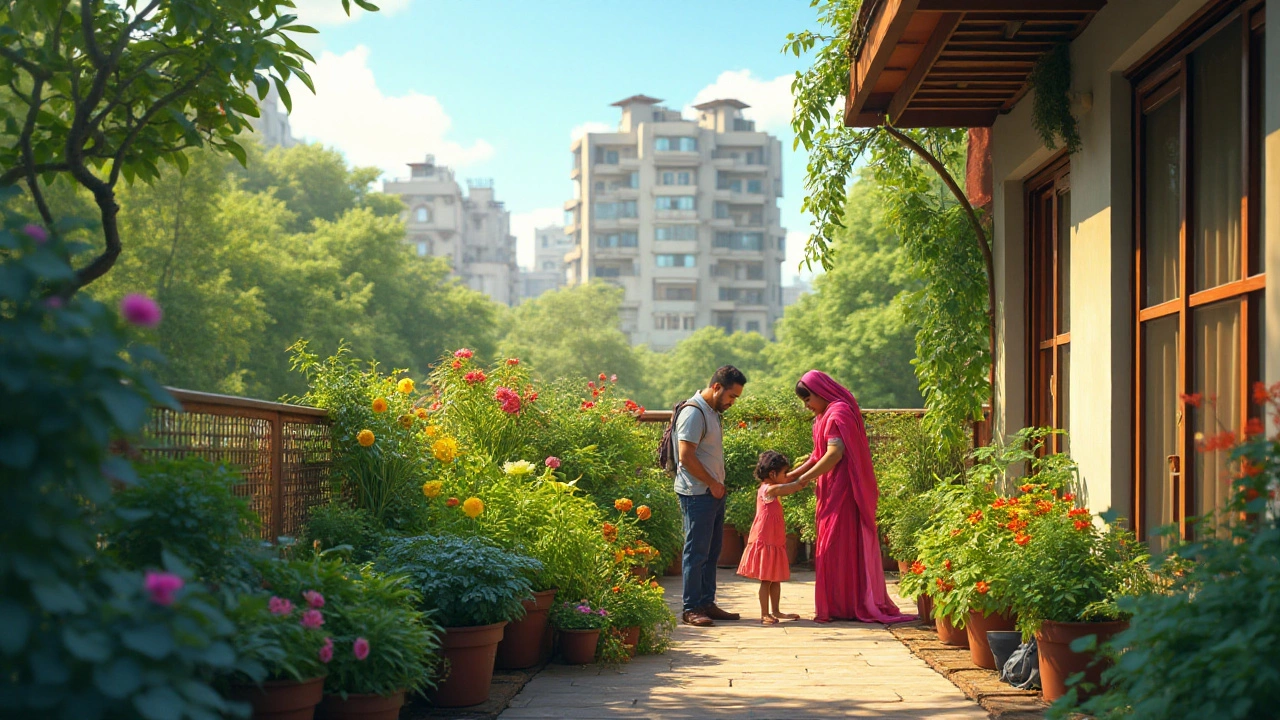Vegetable Patch: Essential Tips for a Productive Garden
Thinking about turning a corner of your yard into a veggie haven? You don’t need a massive plot or fancy tools—just a few smart moves and the right know‑how. Below you’ll find the basics that get most Indian gardeners from seed to harvest without the hassle.
Soil & Planting Basics
First thing’s first: soil. Many Indian gardens start with heavy, compacted earth that suffocates roots. Loosen it up by mixing in compost, sand, or a handful of well‑rotted manure. One of our readers swears by adding a thin layer of rice husk ash to improve drainage and add micronutrients.
If you’re growing a cool‑season crop like broccoli, aim for a soil pH of 6.0‑6.5. The "Broccoli Farming in India" post breaks down the exact cost‑to‑profit numbers, but the real secret is planting in fertile, well‑drained soil and spacing rows 45‑60 cm apart. That gives each plant room to breathe and makes weeding easier.
Companion planting is another win‑win. Pair tomatoes with basil, or beans with carrots, to naturally repel pests and boost yields. Our "Sister Plants" guide shows which combos work best in Indian climates, so you can design a patch that looks after itself.
Watering & Irrigation
Water is where many gardeners trip up. Over‑watering wastes a precious resource, while under‑watering stresses plants and reduces yields. Drip irrigation can save up to 50 % of water compared to sprinklers, but you might wonder why it feels expensive.
Check out the "How Deep Should Drip Irrigation Lines Be Buried?" article for a quick fix: bury the lines 5‑10 cm deep to protect them from sun and accidental damage, and you’ll keep pressure steady. If budget is tight, start with a simple soaker hose or DIY drip tape made from perforated PVC pipe.
Timing matters too. Water early in the morning, right before the sun heats up the soil. This reduces evaporation and lets plants absorb moisture before the heat kicks in. For a small patch, a 10‑liter bucket filled with rainwater can be enough for a couple of watering sessions.
Lastly, remember to let tap water sit for a few hours if your supply contains chlorine. The "How Long to Let Tap Water Sit" post explains that 24 hours is ideal, but even a quick 2‑hour pause can prevent leaf scorch on sensitive veggies.
Putting these pieces together—loosened soil, smart companion plants, and efficient watering—will turn a modest space into a thriving vegetable patch. Start small, track what works, and expand as you gain confidence. Happy gardening!
Ultimate Guide to Creating a Thriving Kitchen Garden
Kitchen gardens offer a sustainable and rewarding way to grow fresh produce right at home. They can be tailored to fit any space, large or small, and provide numerous benefits beyond fresh vegetables, including enhanced well-being and family bonding. This guide explores essential steps, helpful tips, and creative ideas to start your kitchen garden, whether you're an urban dweller with a balcony or have a spacious backyard. Discover how to select the right plants, use eco-friendly practices, and create a beautiful and productive garden that flourishes throughout the seasons.
About
Home and Garden
Latest Posts


What Is the Easiest Fruit Tree to Keep Alive on a Balcony?
By Alden Thorne Nov 17, 2025

Discover the 365-Day Flowering Tree of India: Bougainvillea!
By Alden Thorne Apr 3, 2025

How Long Do Tomatoes Take to Grow? Quick Guide for Garden Lovers
By Alden Thorne Mar 3, 2025

